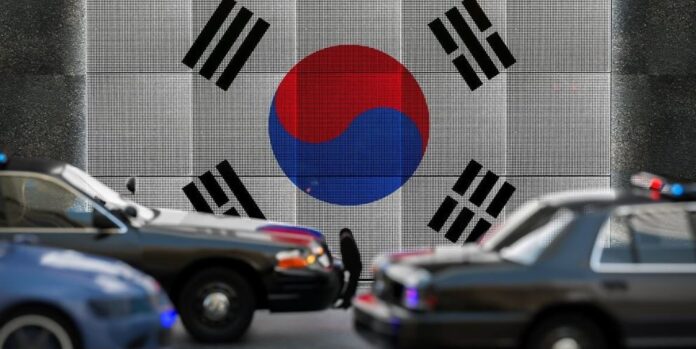South Korea recorded its highest average summertime temperature since such records began half a century ago, the weather agency said Thursday, nearly two degrees higher than the historic average. From June to August, the average temperature in the country was 25.6 degrees Celsius (78.08 Fahrenheit) and “temperatures remained higher than in previous years, even during the monsoon season when temperatures traditionally drop,” the Korea Meteorological Administration said.
This summer, South Korea experienced its highest average temperature since nationwide weather observations began in 1973, with the average temperature reaching 25.6 degrees Celsius, according to the weather agency, Thursday.
The number of tropical nights also surged to more than three times the normal level, setting a new record.
According to the Korea Meteorological Administration’s “2024 Summer (June to August) Climate Characteristics” report, this summer was characterized by high temperatures, frequent tropical nights, intense rainfall during the monsoon season, and sparse precipitation after late July.
The national average temperature this summer was 25.6 degrees Celsius, 1.9 degrees higher than the normal average of 23.7 degrees.
This surpassed the previous record of 25.3 degrees set in 2018, known for its “extreme heatwave.”
Contributing factors included the continuous influx of hot and humid southwesterly winds and the double coverage of the Tibetan High and North Pacific High over the Korean Peninsula from late July to late August, resulting in clear skies and strong solar radiation. Notably, the average temperature in August was 2.8 degrees higher than usual.
Severe tropical nights
This summer was marked not only by intense heat waves with daily high temperatures exceeding 33 degrees but also by severe tropical nights, where the minimum temperature stayed above 25 degrees.
The nationwide average number of heatwave days was 24, ranking third in history and 2.3 times higher than the normal average of 10.6 days.
The highest record was 31 days in 2018, followed by 28.5 days in 1994. The number of tropical nights this year was a record-breaking 20.2 days, 3.1 times the average of 6.5 days, far surpassing the 16.5 days recorded in both 2018 and 1994.
Regionally, 36 out of 66 major weather observation sites across the country set new records for the number of tropical nights this year.
Notably, Jeju recorded 56 days, Yeosu 42 days, Seoul 39 days, and Incheon 36 days, all experiencing over a month of tropical nights. The number of heatwave days also set new records at 10 of the 66 locations.
The summer sea surface temperature around the Korean Peninsula reached 23.9 degrees Celsius, 1.1 degrees higher than the recent 10-year average (22.8 degrees from 2015 to 2024), marking the highest level in the past decade.
Rainfall below average
This summer’s rainfall was below average, with most of it concentrated during the monsoon season. The national average rainfall was 602.7 millimeters, which is 82.5 percent of the normal average of 727.3 millimeters.
Typically, about half of the summer rain falls during the monsoon period, but this year, 78.8 percent (474.8 millimeters) of the summer rainfall was concentrated during the monsoon season — the highest proportion since 1973. Outside the monsoon period, there were many clear days, resulting in less rainfall.
The monsoon season this year was particularly characterized by “intense downpours” over narrow areas.
There were nine instances where the maximum hourly rainfall exceeded 100 millimeters. Usually, an hourly rainfall of over 20 millimeters is classified as “heavy rain,” so having an amount equivalent to the total rainfall for a month in spring (118.4 millimeters in May this year) fall in a single day demonstrates the severity of the downpours.



